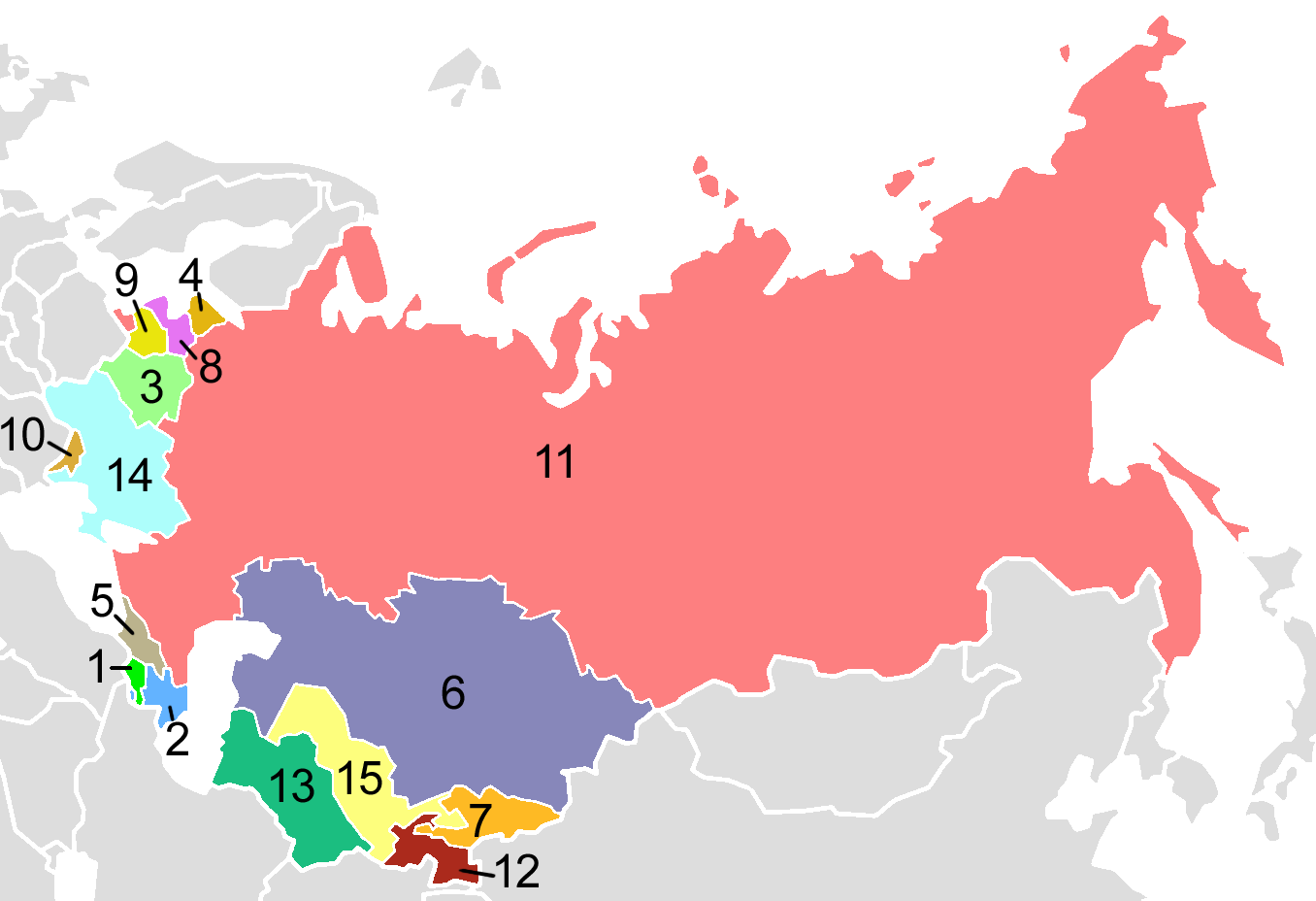Political Science Notes On – Collapse Of The Soviet Union – For W.B.C.S. Examination.
রাষ্ট্রবিজ্ঞানের নোট – সোভিয়েত ইউনিয়নের পতন – WBCS পরীক্ষা।
On December 25, 1991, the Soviet flag flew over the Kremlin in Moscow for the last time. Representatives from Soviet republics (Ukraine, Georgia, Belarus, Armenia, Azerbaijan, Kazakhstan, Kyrgyzstan, Moldova, Turkmenistan, Tajikistan and Uzbekistan) had already announced that they would no longer be part of the Soviet Union.Continue Reading Political Science Notes On – Collapse Of The Soviet Union – For W.B.C.S. Examination.
Instead, they declared they would establish a Commonwealth of Independent States. Because the three Baltic republics (Latvia, Lithuania and Estonia) had already declared their independence from the USSR, only one of its 15 republics, Kazakhstan, remained.
The once-mighty Soviet Union had fallen, largely due to the great number of radical reforms that Soviet president Mikhail Gorbachev had implemented during his six years as the leader of the USSR. However, Gorbachev was disappointed in the dissolution of his nation and resigned from his job on December 25. It was a peaceful end to a long, terrifying and sometimes bloody epoch in world history.
The Origins and Evolution of the Soviet State
In the Russian Revolution of 1917, revolutionary Bolsheviks overthrew the Russian czar and four socialist republics were established. In 1922, Russia proper joined its far-flung republics to form Union of Soviet Socialist Republics. The first leader of this Soviet state was the Marxist revolutionary Vladimir Lenin.
The Soviet Union was supposed to be “a society of true democracy,” but in many ways it was no less repressive than the czarist autocracy that preceded it. It was ruled by a single party–the Communist Party–that demanded the allegiance of every Russian citizen. After 1924, when the dictator Joseph Stalin came to power, the state exercised totalitarian control over the economy, administering all industrial activity and establishing collective farms. It also controlled every aspect of political and social life. People who argued against Stalin’s policies were arrested and sent to labor camps known as gulags or executed.
After Stalin’s death in 1953, Soviet leaders denounced his brutal policies but maintained the Community Party’s power. They focused in particular on the Cold War with Western powers, engaging in a costly and destructive “arms race” with the United States while exercising military force to suppress anticommunism and extend its hegemony in Eastern Europe.
The second set of reforms was known as perestroika, or economic restructuring. The best way to revive the Soviet economy, Gorbachev thought, was to loosen the government’s grip on it. He believed that private initiative would lead to innovation, so individuals and cooperatives were allowed to own businesses for the first time since the 1920s. Workers were given the right to strike for better wages and conditions. Gorbachev also encouraged foreign investment in Soviet enterprises.
However, these reforms were slow to bear fruit. Perestroika had torpedoed the “command economy” that had kept the Soviet state afloat, but the market economy took time to mature. (In his farewell address, Gorbachev summed up the problem: “The old system collapsed before the new one had time to begin working.”) Rationing, shortages and endless queuing for scarce goods seemed to be the only results of Gorbachev’s policies. As a result, people grew more and more frustrated with his government.
Please subscribe here to get all future updates on this post/page/category/website


 +919674493673
+919674493673  mailus@wbcsmadeeasy.in
mailus@wbcsmadeeasy.in







































































































